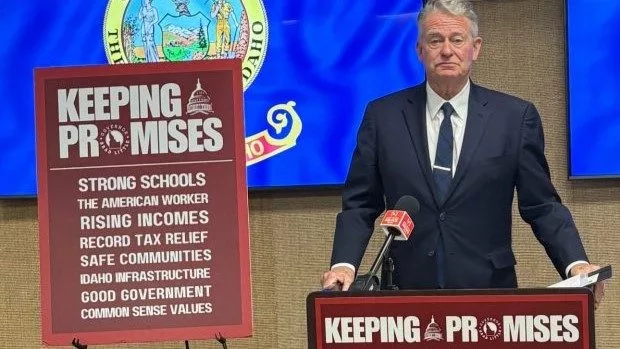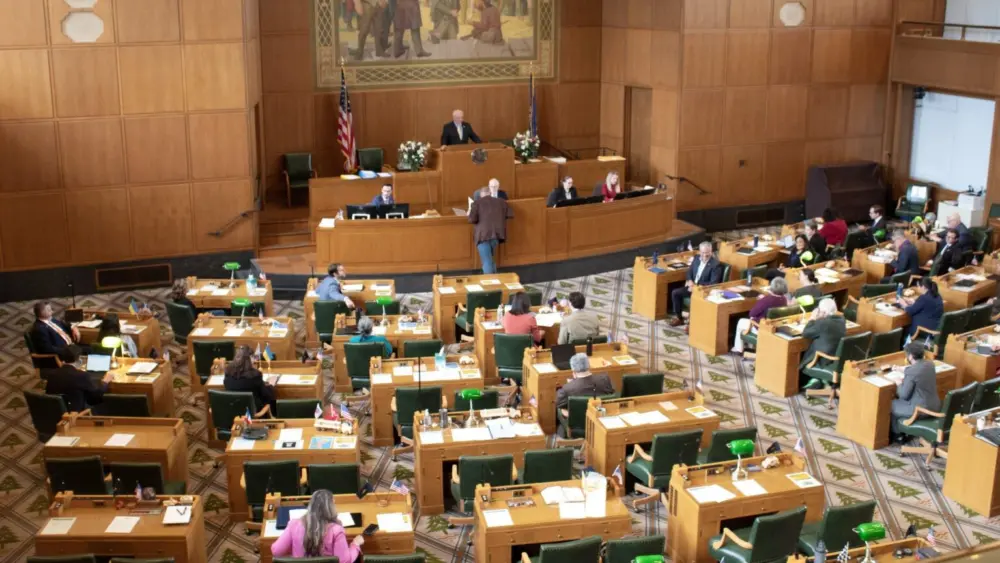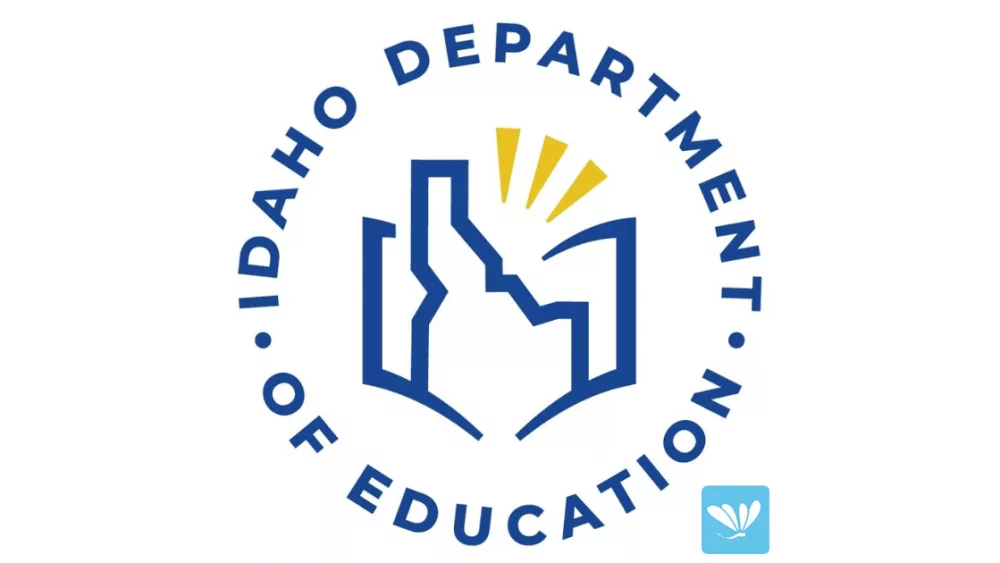Originally posted on IdahoEdNews.org on September 18, 2025
BOISE, ID – This year’s state spending cuts will continue into next year.
Gov. Brad Little’s office told agency directors Wednesday that his recent order for 3% midyear cuts will be ongoing, and directors must revise their budget requests for the next fiscal year, which begins July 1.
In August, the Republican governor issued an executive order calling for 3% holdbacks — midyear spending cuts that could total about $86 million across state government. Holdbacks can be used as a stopgap fix to balance an annual budget, as the state Constitution requires. This week, however, Little’s office told agency directors that these cuts will be ongoing.
Like the holdbacks, the ongoing cuts don’t apply to K-12 public schools. But colleges and universities and other education-related agencies are included.
Wednesday’s memo from the Division of Financial Management (DFM) told agency directors to revise the fiscal year 2027 budget requests that they sent to Little last month. Revisions should include 3% ongoing cuts focused on “efficiencies, restructuring and prioritization of core services,” the memo said. The updated requests should remove replacement items such as new technology or vehicles.
“This effort is about ensuring that Idaho government remains lean, efficient and aligned with the values of our taxpayers,” wrote DFM director Lori Wolff. “By right-sizing government today, we strengthen our ability to fund the state’s highest priorities well into the future and create an even stronger economy.”
The extended spending retreat comes after Little and Statehouse Republicans enacted $453 million in tax cuts and tax credits this year, and as state revenue has fallen short of forecasts.
The midyear holdbacks were designed to avert a $79.9 million deficit, which DFM projected last month. Accounting for savings from the holdbacks, the state could end the current fiscal year with a $21.8 million surplus, the Idaho Capital Sun reported Tuesday.
But this projection doesn’t account for the effects of President Donald Trump’s One Big Beautiful Bill, the Capital Sun reported. If Idaho conforms to the tax changes in the bill, it could cost the state $167 million, according to an estimate from the Tax Foundation.
Fiscal year calendar and budget cycles
Fiscal year 2026 runs from July 1, 2025, to June 30, 2026.
- The Legislature set spending for this fiscal year during the 2025 legislative session.
- Gov. Brad Little last month called for 3% budget holdbacks, midyear cuts in spending.
Fiscal year 2027 runs from July 1, 2026, to June 30, 2027.
- The Legislature will set spending for this fiscal year during the 2026 legislative session.
- Little told agency directors this week to cut 3% from these spending requests.
While K-12 public schools are exempt from the holdbacks and ongoing cuts, colleges and universities altogether stand to lose $13.3 million annually from a 3% reduction.
But the Legislature will also have a say in the extent of the spending cuts when they return to session in January.
Last month, the State Board of Education told college and university administrators to share plans for fiscal year 2027 cuts at 2%, 4% and 6% — a request handed down from members of the Legislature.
The effect of a 6% spending cut on the four-year universities would be significant, according to “holdback target” memos obtained by Idaho EdNews:
- Boise State University would lose $8.1 million.
- University of Idaho would lose $6.8 million.
- Idaho State University would lose $6.3 million.
- Lewis-Clark State College would lose $1.4 million.
EdNews senior reporter Kevin Richert contributed to this report.





